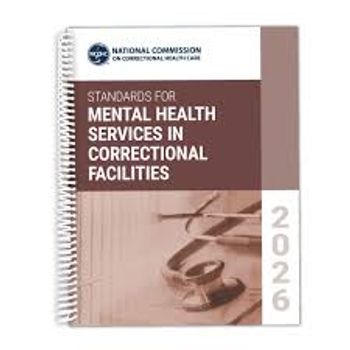[[{"type":"media","view_mode":"media_crop","fid":"51294","attributes":{"alt":"","class":"media-image","id":"media_crop_7114960459631","media_crop_h":"0","media_crop_image_style":"-1","media_crop_instance":"6324","media_crop_rotate":"0","media_crop_scale_h":"0","media_crop_scale_w":"0","media_crop_w":"0","media_crop_x":"0","media_crop_y":"0","title":" ","typeof":"foaf:Image"}}]]
- Psychiatric Times Vol 24 No 5
- Volume 24
- Issue 5
Clinical Handbook of Psychiatry and the Law, 4th Edition
A forensic book with a superb format, clinical wisdom, and eminent readability.
by Paul S. Appelbaum and Thomas G. Gutheil
Philadelphia: Lippincott Williams & Wilkins, 2007
336 pages • $99.00 (hardcover)
I first read the third edition of Clinical Handbook of Psychiatry and the Law during my residency, and it had a strong influence on my decision to enter forensic psychiatry. I have subsequently used the text to teach residents about some of the forensic issues commonly encountered in clinical practice, such as guardianship, capacity for consent to treatment, and civil commitment.
This edition retains the superb format, clinical wisdom, and eminent readability of its predecessor, while updating key areas to include discussions of the Health Insurance Portability and Accountability Act and its impact on clinical practice, actuarial tools for assessing violence risk, and the increased liability faced by expert witnesses. The book targets clinicians and attorneys, and the authors-leaders in forensic psychiatry-express the hope that it will "contribute to increased mutual understanding" between the clinical and legal disciplines.
Each chapter is divided into 7 sections that integrate clinical and legal approaches to a given issue beginning with descriptions of interesting cases that will challenge even experienced clinicians. The next chapter section discusses legal approaches to the topic, emphasizing the evolution of principles that underlie legal approaches to a problem rather than details of case law or statutes. By doing so, the authors provide clinicians with information that is both easy to retain and likely to remain relevant. In describing their goal of presenting the "history of law's approach to a problem" the authors note, "Today's rule is in most cases merely the most recent unstable equilibrium that the historically contending sides of the argument have attained." The discussion of legal issues eschews legal jargon in favor of engaging prose, making it highly readable for clinicians.
Section 3 of each chapter describes clinical approaches. Here legal readers will find clear explanations of the clinical and ethical reasoning underlying these approaches. Clinicians will find invaluable clinical pearls in this section as well. For example, the authors discuss ways to maintain the therapeutic alliance in adversarial situations such as involuntary commitment proceedings and overriding treatment refusals. Each chapter concludes with solutions to the cases presented, a section describing potential pitfalls in approaching a given problem, and an "action guide" that outlines key lessons.
The book covers a wide range of topics, from purely forensic evaluations such as competence to stand trial, to common clinical issues such as informed consent and confidentiality. Each chapter is enriched with quotations from leading legal scholars, classic legal references, and interesting clinical cases. The book concludes with valuable insights into the role of clinicians in court, which the authors wryly liken to traveling to a foreign country. Because of its seamless integration of clinical and legal approaches to common problems, eminent readability, and clinical wisdom, this book makes an invaluable addition to the library of clinicians and attorneys. I consider it mandatory reading for psychiatric residents.
Articles in this issue
over 18 years ago
Functional MRI as a Lie Detectorover 18 years ago
Psychiatric Malpractice: Basic Issues in Evolving Contextsover 18 years ago
On Skepticism and Tolerance in Psychiatry and Forensic Psychiatryover 18 years ago
Understanding and Evaluating Mental Damagesover 18 years ago
Paraphilias: Clinical and Forensic Considerationsover 18 years ago
Pain in AmericaNewsletter
Receive trusted psychiatric news, expert analysis, and clinical insights — subscribe today to support your practice and your patients.















